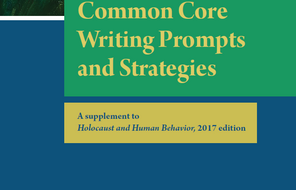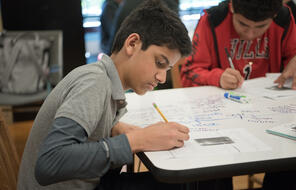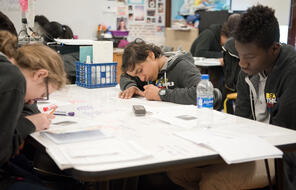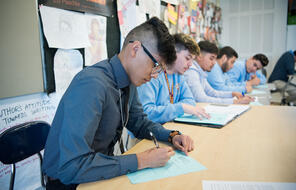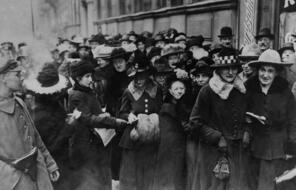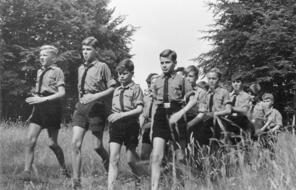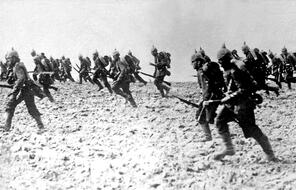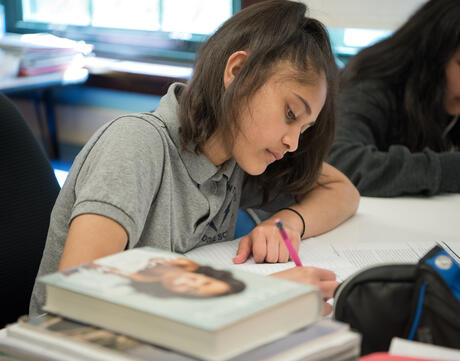
Introducing Evidence Logs
At a Glance
Language
English — USSubject
- History
- Social Studies
Grade
6–8Duration
One 50-min class period- The Holocaust
Overview
About This Assessment
After students have completed Lesson 8: The Weimar Republic, it is an appropriate time to revisit and revise the working thesis statements they drafted in the initial assessment step Introducing the Writing Prompt. At that time, students were introduced to the first part of the writing prompt, which did not include the specific historical events they are studying in this unit, and they developed an initial position for an argumentative essay in response to a question about the importance and impact of choices in history. Now that students have learned about the Weimar Republic, they will reflect on the writing prompt a second time by adding this historical lens. It is important that students keep the materials for the essay (journal reflections, evidence logs, writing handouts) in a safe place, because they will refer back to them over the course of the unit in preparation to write the essay assessment.
Lesson Plans
Activities
Materials and Downloads
Introducing Evidence Logs
The Weimar Republic
The Rise of the Nazi Party
Unlimited Access to Learning. More Added Every Month.
Facing History & Ourselves is designed for educators who want to help students explore identity, think critically, grow emotionally, act ethically, and participate in civic life. It’s hard work, so we’ve developed some go-to professional learning opportunities to help you along the way.
Exploring ELA Text Selection with Julia Torres
On-Demand

Working for Justice, Equity and Civic Agency in Our Schools: A Conversation with Clint Smith
On-Demand

Centering Student Voices to Build Community and Agency
On-Demand


